The situation comedy Leave it to Beaver, which ran from 1957 to 1963, was one of many half-hour comedies that idealized the American post-war suburbs, always portraying them as uniformly white and a refuge where children got into “scrapes”—but not real trouble. From left: Hugh Beaumont (Ward), Tony Dow (Wally), Barbara Billingsley (June), Jerry Mathers (Theodore AKA "Beaver"). Photo credit: ABC/Wikimedia Commons
I grew up in a place called the Main Line, a string of suburbs outside Philadelphia. The area got its nickname from a branch of the Pennsylvania Railroad first laid in the early 19th century as part of a Federalist public works program. In the next several decades, the railroad also became a passenger line, ferrying upper-class Philadelphians, eager to escape the summer’s heat and epidemic diseases, out to the healthful Haverford and Bryn Mawr hotels.
But by the late 19th century, that Main Line train was ferrying businessmen, who now lived in suburbs built around the railroad, in and out of the city every day. Today, men and women can still walk to the train from their homes. Children who attend private schools that are also situated near the tracks (Baldwin, the one I attended, is in the old Bryn Mawr Hotel) can also be seen trudging off to the train like the little professional workers they will become.
But one thing has changed. Those suburbs, which were almost uniformly white for decades, are now integrated—if not by class, then by race. As prices for one-bedroom apartments in places like New York top a million dollars, a three-bedroom house with a broad expanse of lawn may even seem—affordable?
Something else changed too. Those suburbs used to be solidly Republican, but now Main Line voters are far more likely to vote with Democratic Philadelphia.
Oh sure, there are still some Republicans in those fancy houses. That’s why Donald J. Trump’s daughter, Ivanka, was in my hometown on November 6, 2016, two days before the election, telling her audience that it was an honor to speak to the white suburban women who had volunteered for the campaign.
When I saw this on the evening news, I was shocked, but not nearly as shocked as I was on November 9 when I learned that my home state—my hometown—had been among the metropolitan regions producing the razor-thin margins of votes that elevated Ivanka Trump’s pussy-grabbing father to the Presidency of the United States.
But the good news is: it didn’t last. When the GOP embraced extremism, the Pennsylvania suburbs east of the Appalachian mountains roared back. Suburban voters provided the margin of victory for Joe Biden in 2020, and have consistently handed the GOP loss after loss, turning red states purple, and purple states blue. And it’s not just Pennsylvania. Republican suburbanites in bright red states are also voting to preserve the right to choose abortion in the post-Dobbs era.
Why? Well, we can point to that diversity I mentioned at the top of the show. Dr. Jasmine Clark, a Democratic member of the Georgia House of Representatives, described the pockets of support for African American minister and sitting Democratic Senator Raphael Warnock in the 2022 by-election. Her prediction was that the suburbs were changing, and that Warnock would win.
Dr. Clark was right, and today Georgia has not one, but two, Democratic Senators.
The suburbs have never been more important to our political life than they will be in 2024. They are also important in every other respect: 69% of Americans now live in an area defined as suburban, and every policy has its greatest impact on suburban citizens.
But it’s also true, as my guest historian Becky Nicolaides underscores in her book, The New Suburbia: How Diversity Remade Suburban Life in Los Angeles after 1945(Oxford University Press, 2024), that suburban America has always been less white and more complex—in its class structure, its built environment, its relationship to the city, and its attractiveness to new immigrants from around the globe—than post-World War II popular culture imagined.
Show notes:
If you want to watch a few episodes of Leave It to Beaver, you can see them on Amazon Prime.
You can find Becky’s first book, My Blue Heaven: Life and Politics in the Working-Class Suburbs of Los Angeles, 1920-1965 (University of Chicago Press, 2022), here.
Becky and Claire discuss the New Deal as a pivot point for implementing racial segregation in housing at the federal level. You can learn more about this in Edward Goetz, New Deal Ruins: Race, Economic Justice, and Public Housing Policy (Cornell University Press, 2013.)
You can also learn more about suburbanization, white home buying, and the post-World War II economy in Barbara Miller Lane, Houses for a New World: Builders and Buyers in American Suburbs, 1945–1965 (Princeton University Press, 2015.)
Becky describes the “kitchen debate” between Vice President Richard Nixon and Soviet Premier Nikita Khrushchev in 1959: watch their classic Cold War confrontation here.
Restrictive covenants were part of the architecture of residential segregation, and they were made illegal in Shelly v. Kraemer (1948). You can read more about the devastating effects of “redlining” on Black wealth in Keeanga-Yamahtta Taylor, Race for Profit: How Banks and the Real Estate Industry Undermined Black Homeownership (University of North Carolina Press, 2019.)
But Black Americans are not new to the suburbs. Becky references Andrew Wiese, Places of Their Own: African American Suburbanization in the Twentieth Century (University of Chicago Press, 2005.)
A classic text that puts transportation and urban development at the center of the history of suburbanization is Kenneth Jackson, Crabgrass Frontier: The Suburbanization of the United States (Oxford University Press, 1985.)
Becky mentions Proposition 13 (1978), a libertarian initiative that artificially suppressed property tax rates in California; it was a pretext one community used to try to close their parks to outsiders.
You can download this podcast here or subscribe for free on Apple iTunes, Spotify, Google Podcasts, or Soundcloud. You can also keep up with Political Junkie content and watch me indulge my slightly perverse sense of humor on Instagram, Threads, and TikTok.
If you enjoyed this episode, why not try:
Episode 20, Extremism in Defense of Liberty Is No Vice: A conversation with historian Matthew Dallek about his book, "Birchers: How the John Birch Society Radicalized the American Right."
Episode 16, The Sunlit Path of Racial Justice: A conversation with historian Matthew Pratt Guterl about his book, "Skinfolk: A Memoir."
Episode 8, First, Pick the Right Wife: A conversation with historian Robin Morris, author of "From Goldwater Girls to Reagan Women: Gender, Georgia, and the Growth of the New Right" about how women activists transformed the GOP.
And here’s a bonus: all new annual subscriptions include a free copy of my book about political media, Political Junkies: From Talk Radio to Twitter, How Alternative Media Hooked Us on Politics and Broke Our Democracy (Basic Books, 2020.)

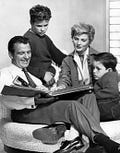


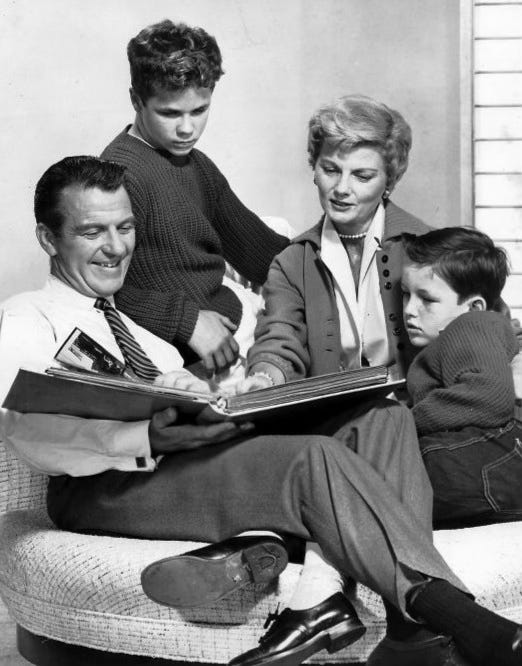



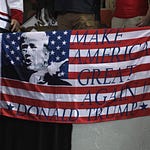


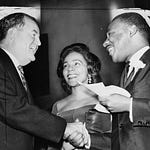

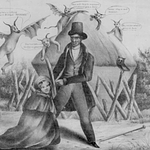
Episode 52: Goodbye, Beaver Cleaver